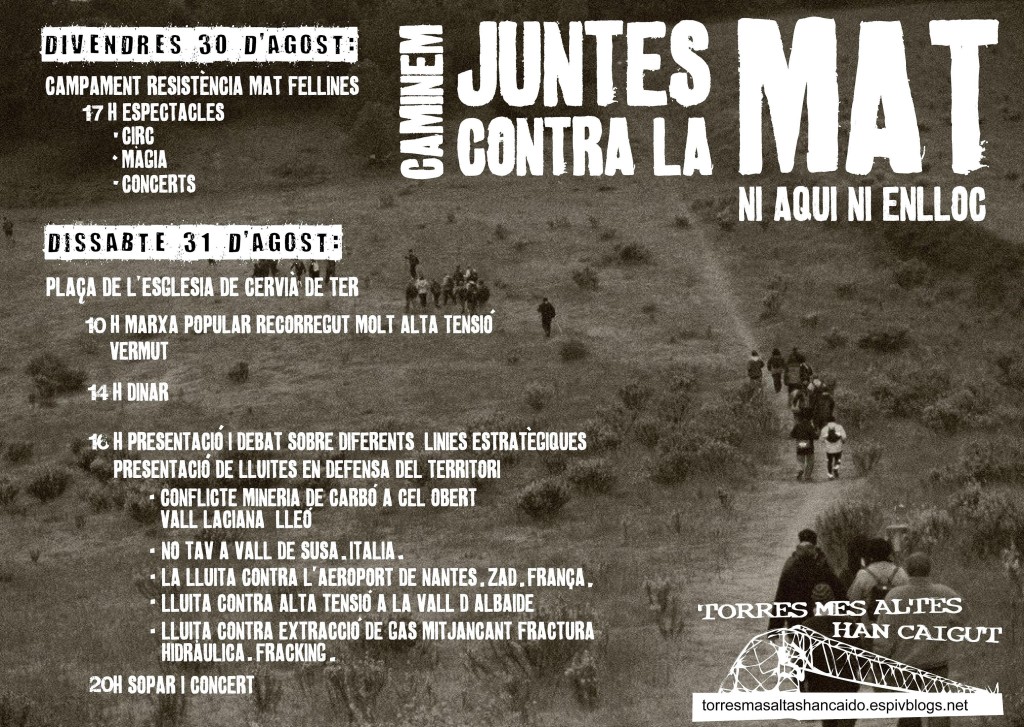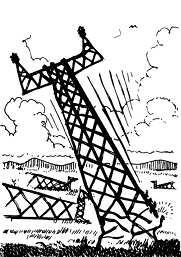Poland has begun felling sick trees in the ancient, first-growth Białowieża forest in the country’s northeast. Much of this pristine wilderness is a national park and UNESCO heritage site – a rarity in Europe.
The environment ministry has said loggers will chop down more than 180,000 cubic meters (6.4 million cubic feet) of wood. The ministry said that the logging is meant to eliminate dying trees which are affected by the bark beetle, in order to ensure safety for more than 120,000 tourists a year visiting the Polish side alone of the wilderness area which straddles the border to Belarus.
However, activists claim the move is unnecessary at best and destructive at worst. “The major scientific bodies in Poland that deal with forest biology and ecology oppose the logging plans, and are pushing to make the entire forest a protected national park,” Katarzyna Jagiełło from Greenpeace Poland.
About the Forest
The Białowieża Forest extending over 1600 km2 between Poland and Belarus is the last large remaining fragment of the primeval deciduous forest of the northern temperate zone in Europe. Exceptionally bio-diverse, the forest is home to more than 5,500 plant species, and 11,564 animal species, including the largest population of free-ranging European Bison.
Animals from the large carnivores like Wolves and Lynxes, to the rare nesting songbirds, woodpeckers, and owls all rely on the forest for their habitat of old growth and standing dead trees. Białowieża Forest is a hot spot of unique biodiversity and a fascinating source of scientific knowledge, and stands as a much needed ecological blue-print for the restoration of forests in Europe and the world.
Threats
In 2012, the Minister of the Environment approved the Forest Management Plans for the three Forest Districts of the Białowieża Forest that met recommendations of the European Commission, given requirements to protect integrity of this Natura 2000 site. The approved management plans limited timber extraction to 48,500 m3 per year, on average, for next 10 years, and ensured the protection of 100-year old stands. This was recognized as a solution which supported local needs for timber while safeguarding the ecological uniqueness of the Forest.
Since the Plans were approved, the Forest Districts have not fully adopted them. Increased timber harvesting, formally justified by the need to curb bark beetle outbreak, greatly exceeds the annual plans and constitutes a serious threat. Environmental NGOs have repeatedly expressed their concerns that one of the Forest Districts has already reached the established 10-year logging limit, and would have to abandon timber harvesting for the next 6 years, while the other two forest districts will enter this phase within the next two years.
This significant increase of the average annual limits of timber harvesting have resulted in an update of the Forest Management Plan 2012-2021 for one out of three Białowieża Forest districts. The update includes significant increase of logging, removal of snags and does not guarantee the protection of forest stands older than 100 years. The Ministry of Environment argues that “active management” by harvesting is needed to protect the forest from sprice bark beetle outbreaks and fire risk. It stands against modern scientific research and recommendations of many major scientific institutions in Poland.
Is bark beetle a threat?
The bark beetle outbreaks are driven by multiple factors including spring weather conditions, drought and spatial configuration of spruce stands. The co-evolution of spruces and bark beetles involved a “cycle” which starts with the number of beetles peaking, followed by the death of adult spruces in some patches, which later are characterized by a high regeneration of young spruces. Thus bark beetles are forest engineers, shaping the long-term dynamics and structure of the forest, on which many species, like the three toed-woodpecker, and numerous species saproxylic beetles, depend upon. The forest ecosystem is more than adult trees in an even-aged stand. Treating bark beetle as a pest from a forestry perspective to produce timber, is not justified in the context of the protection of biological diversity and ecological processes, particularly in the case of Białowieża Forest. Controlling the outbreak, which probably will collapse in 1-2 years without any intervention, is not possible without infringement of the Habitats Directive.
video from one of manifestations that had place in poland :
PROTECTION TYPES
The protection of the Bialowieża Forest dates back to the fourteenth century. It is now protected by several Polish, European and international protected area systems such as UNESCO World Heritage List and Natura 2000. 17% of the Forest is also a Polish National Park, although for more than 20 years scientists and experts have recommended the protection of the whole Bialowieża Forest as a National Park.
– National Park
The Bialowieża National Park was first established in 1921 and included in the list of World Biosphere Reserves in 1977. In 1996 the area of the National Park was doubled to its current size of 105 km2. A total of 121,8 km2 outside the National Park were declared as Nature Reserves. The rest of the Bialowieża Forest has undergone commercial timber extraction and hunting. Many old-growths are still unprotected, and the silvicultural practices used do not fully protect ecological processes.
– World Heritage Site
The Bialowieza Forest was declared UNESCO World Heritage Site in 1979. In 2014, the UNESCO World Heritage was extended to the whole Polish side of the Bialowieża Forest. It was inscribed to the UNESCO World Heritage List because of its significant on-going ecological and biological processes and because it contains the most important and significant natural habitats for in-situ conservation of biological diversity, including those containing threatened species. Find out more here.
– Natura 2000
Since 2004 Bialowieża Forest is a Natura 2000 site, part of the ecological network for the conservation of wild animals and plant species and natural habitats of Community importance within the European Union. It consists of sites classified under the Birds Directive and the Habitats Directive. Natura 2000 protects 92 animal and plant species and 12 habitat types in the 631 km2 of the Białowieża Forest.

support bisons´ living space! : http://kochampuszcze.pl/ilovebialowieza/#bark
watch żubr (bison) online in Bialowieza Forest : http://www.lasy.gov.pl/informacje/kampanie_i_akcje/zubryonline
source: kochampuszcze.pl


 Radio Blackout – Torino
Radio Blackout – Torino Radio Bronka – Barcelona
Radio Bronka – Barcelona Radio Klaxon – ZAD Notre Dame de Landes
Radio Klaxon – ZAD Notre Dame de Landes Police Spies Out of Lives
Police Spies Out of Lives Contrainformación Anarquista
Contrainformación Anarquista Luca Zanette
Luca Zanette The anarchist library
The anarchist library Khimki Forest
Khimki Forest No Mat Catalunya – Campada
No Mat Catalunya – Campada No THT France
No THT France NoTav
NoTav ZAD – NotreDame de Landes
ZAD – NotreDame de Landes Usurpa!
Usurpa!